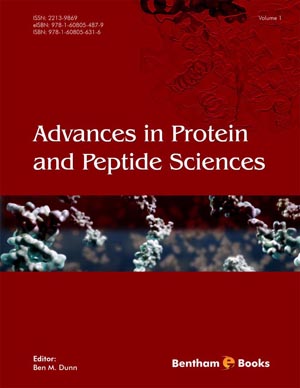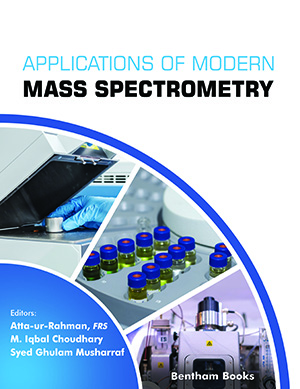Abstract
In major classes of natural products and pharmaceutical compounds, functional groups containing carbon-heteroatom bonds are present and often responsible for significant biological activities. Among them, medium-ring heterocycles are found in a wide range of drug candidates. While the synthesis of fiveand six-membered ring systems is quite common, however, the formation of seven-, eight- and nine-membered heterocycles is not as abundant as entropy factors and transannular interactions often hinder the cyclization method. The ubiquitous presence and use of heteroatoms in both synthetic and naturally occurring pharmaceutical compounds support the review of carbon-heteroatom (particularly, C–N, C–O, C–S, C–S, C–Se, C–Te) bond-forming reactions reported in the literature. In general, the nucleophilic cyclization, organocatalyzed reactions, green synthesis, heterocycloaddition, ring-closing metathesis, radical cyclization, metal-mediated transition cycloaddition, macrolactonization are discussed as the most commonly used strategies for medium-ring construction. The ring expansion strategies, such as pericyclic and sigmatropic rearrangements, play an important role in the formation of C-X bonds. The challenges faced involving structural complexity and biological activities prompted us to review the literature for the synthesis of the heterocycles of the medium-ring size. This chapter is dedicated to recent developments for the construction of C–X bonds in seven-, eight- and nine-membered heterocycles.
Keywords: Green synthesis, Heterocycles, Medium ring, Metal catalysed cyclization, Nucleophilic cyclization.






















